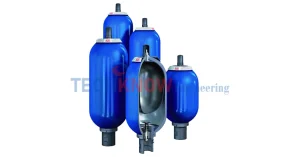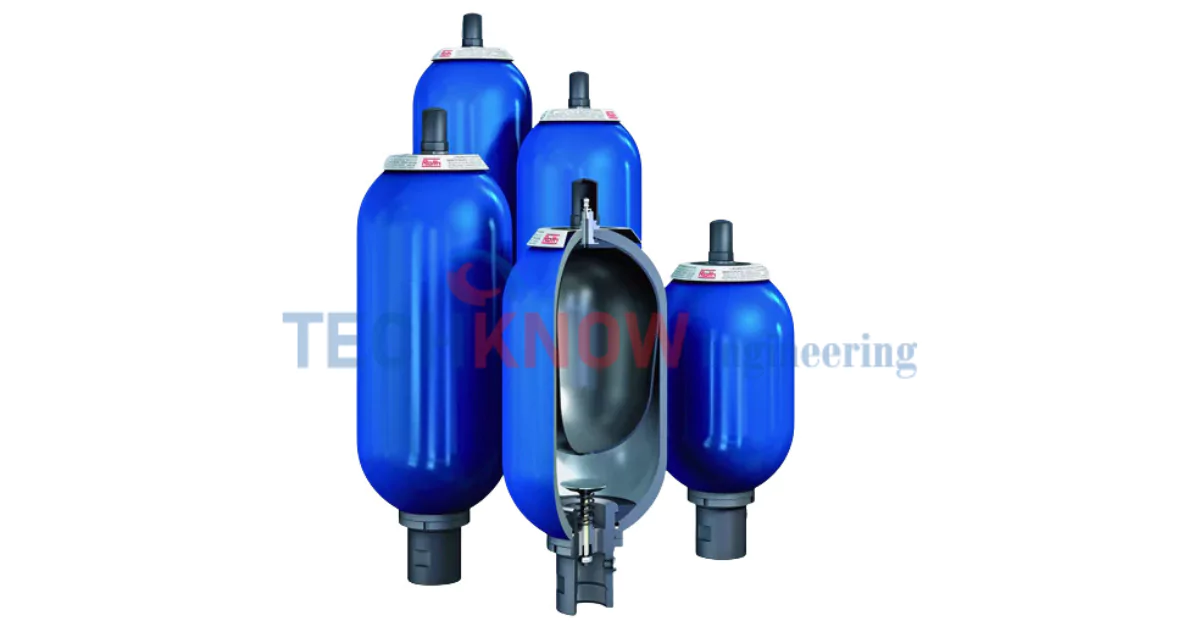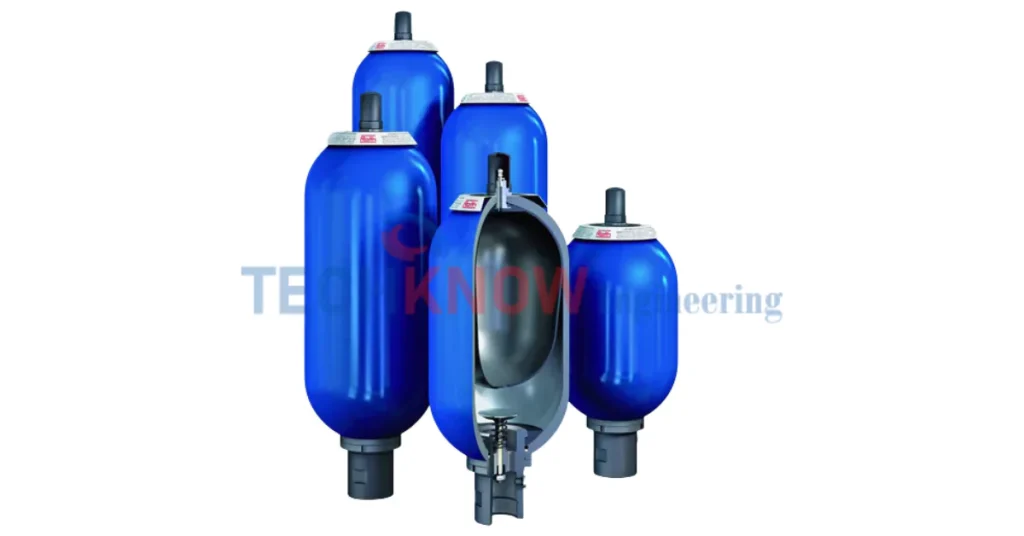How to Maintain a Bladder Accumulator: Essential Tips
Bladder Accumulators play a crucial role in hydraulic systems by storing pressurized fluid and releasing it when needed. These devices help smooth out pressure fluctuations, provide emergency power, and improve overall system efficiency. However, like any mechanical component, bladder accumulators require regular maintenance to function properly and avoid costly downtime.
Understanding how to maintain your Bladder Accumulator can extend its lifespan significantly and prevent unexpected failures. This guide will walk you through the essential maintenance steps that every hydraulic system operator should know.
Common Issues That Affect Bladder Accumulators
Several problems can compromise your bladder accumulator’s performance. The most frequent issue is bladder failure, which occurs when the rubber membrane separating the gas and fluid chambers develops cracks or tears. This allows gas and fluid to mix, reducing the accumulator’s effectiveness.
Precharge pressure loss is another common problem. Over time, gas can slowly leak from the system, causing the precharge pressure to drop below optimal levels. When this happens, the accumulator won’t provide adequate energy storage.
Contamination poses a third major threat. Dirt, debris, and water in the hydraulic fluid can damage the bladder material and internal components. Metal particles are particularly harmful as they can cause abrasive wear on the bladder surface.
Finally, temperature fluctuations can affect bladder elasticity and gas pressure, leading to performance variations that impact system reliability.
Simple Inspection Tips for Early Problem Detection
Regular visual inspections help catch problems before they become expensive repairs. Start by checking the accumulator body for external damage, including dents, corrosion, or fluid leaks around connections and seals.
Examine all fittings and connections for signs of looseness or wear. Pay special attention to the gas valve area, as this is a common leak point. Look for oil stains or wet spots around the accumulator, which indicate hydraulic fluid leaks.
Monitor system pressure gauges regularly. Pressure readings that drift over time or fluctuate unexpectedly often signal accumulator problems. Keep a logbook of pressure readings to track changes over weeks and months.
Listen for unusual sounds during system operation. Excessive noise, vibration, or pressure spikes can indicate bladder failure or contamination issues that require immediate attention.
Essential Maintenance Steps
Pressure Monitoring and Testing
Check precharge pressure monthly using a nitrogen charging kit with an accurate gauge. The precharge pressure should typically be set at 80-90% of minimum system working pressure, but always consult your manufacturer’s specifications.
Test the accumulator’s ability to maintain pressure over time. A properly functioning unit should hold precharge pressure for several weeks without significant loss. Rapid pressure drops indicate gas leaks that need repair.
Precharge Adjustments
When adjusting precharge pressure, first isolate the accumulator from the hydraulic system and release all hydraulic pressure. Never attempt adjustments while the system is pressurized, as this creates serious safety risks.
Use only dry nitrogen for precharging. Never use oxygen or compressed air, as these can cause explosive reactions with hydraulic fluids and damage system components.
Fluid Quality Management
Maintain clean hydraulic fluid by following proper filtration and replacement schedules. Contaminated fluid accelerates bladder wear and reduces accumulator life.
Check fluid temperature regularly, as excessive heat can damage bladder materials. Most bladder accumulators operate best between 32°F and 200°F, though specific temperature ranges vary by model.
Professional Service Requirements
Some maintenance tasks require professional service. Bladder replacement, internal cleaning, and major repairs should only be performed by qualified technicians with proper equipment and training.
Schedule professional inspections annually or according to manufacturer recommendations. These comprehensive evaluations can identify potential problems before they cause system failures.
Keep Your System Running Smoothly
Regular maintenance of bladder accumulators prevents costly downtime and extends equipment life. By following these simple inspection and maintenance procedures, you can catch problems early and ensure reliable hydraulic system performance.
Remember that safety always comes first when working with pressurized systems. When in doubt, consult with experienced professionals who can provide expert guidance and service.
For specialized hydraulic accumulator maintenance and repair services, contact Techknow Engineering Enterprise. Our experienced technicians can help keep your systems running efficiently and safely.
How to Maintain a Bladder Accumulator: Essential Tips

Efficient bladder accumulator maintenance is key to system reliability. Discover tips on inspections, pressure monitoring, and part replacements. Prevent downtime with proper care and expert services, ensuring optimal performance and safety for your hydraulic systems. Contact professionals for specialized support.
Product Brand: Techknow Engineering Enterprise
Product Currency: INR
Product In-Stock: InStock
5


